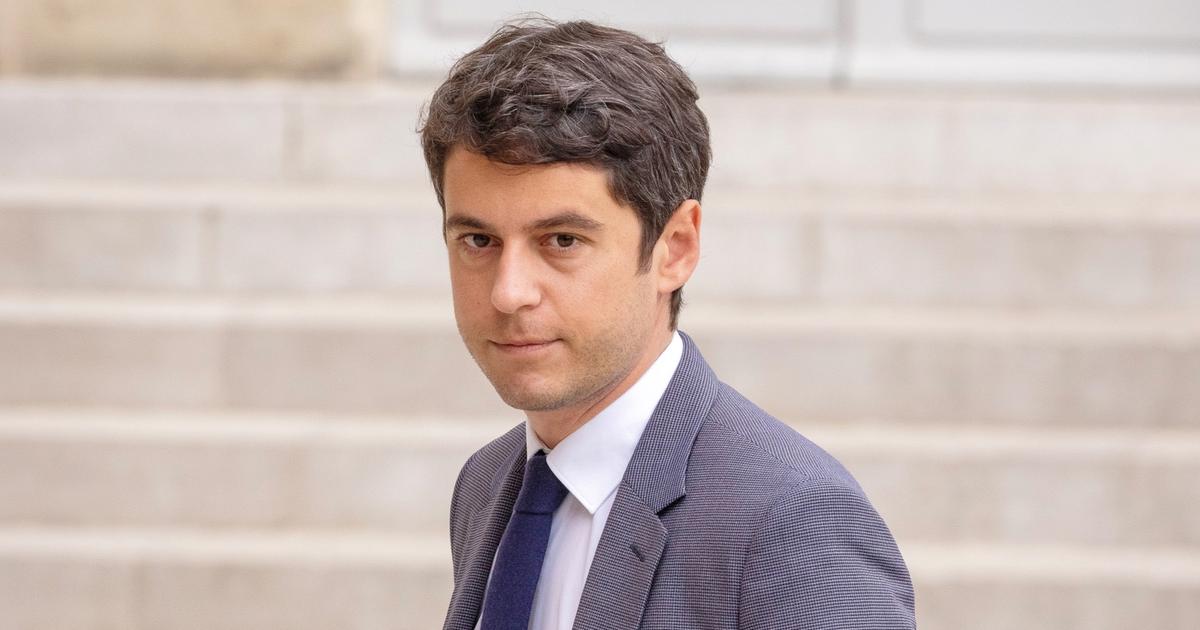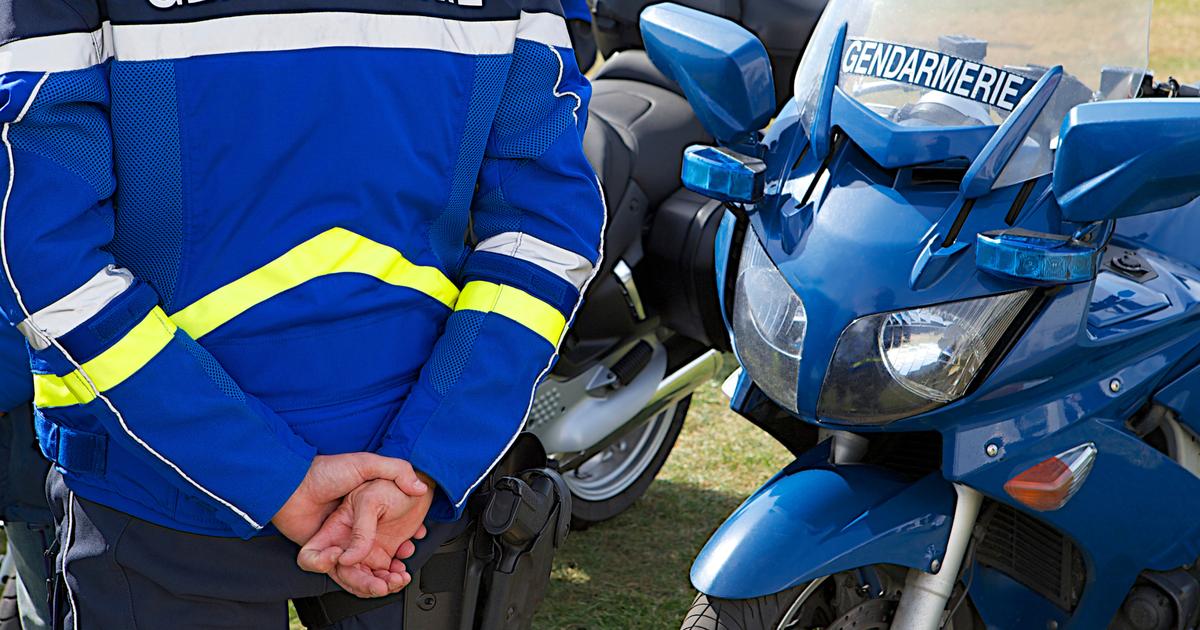While Emmanuel Macron announced a "
Beauvau of security
" next January, are the techniques of maintaining order and arrests used by the police likely to be called into question?
Review of the methods currently authorized and taught.
Read also: Violent police, “wild” demonstrators, discrimination ... What to remember from Macron's interview with Brut
What the training recommends
In schools training future police officers, the rule is to use force only when strictly necessary.
When the agent is faced with a refusal to comply and the apostrophe is not enough, then he must react proportionately, depending on the situation.
"
There is a gradation of responses depending on the attitude of the individual opposite,
" said police captain Basile Orsetti, professor at the ISP and national secretary of the police union UNSA.
"
The methods range from handcuffing to the use of lethal weapons, the last resort to put an individual out of harm's way
."
To immobilize the arrested person, the Internal Security Code indicates that the handcuffing is only justified when the person is considered “
dangerous for others or for himself
”, or “
likely to try to escape
”.
If the individual resists, the policeman can then resort to martial techniques, taught in police schools.
Martial techniques
The most common method is the
ground tackle
, or
arm lock
.
This technique involves immobilizing a limb in such a way as to cause pain if resisted, allowing the officer to quickly slide the handcuffs.
“
The limitation of the arm lock is that it has no effect on people under the influence of alcohol or drugs.
They feel absolutely nothing,
”explains Captain Orsetti.
"
It is also insufficient for a muscular individual or of imposing size
".
In these latter cases, the police can then resort to
tackling the stomach
, also called
prone decubitus
.
Widely criticized, this method consists in placing the individual face down on the ground, the head turned to the side, generating an inspiratory difficulty which weakens him.
Banned in several countries, it was notably implicated in the death of George Floyd in the United States last May, which spawned the Black Lives Matter movement.
"
This technique is not dangerous as long as it is used with the strict objective of putting the individual in a horizontal position
", explains Christophe Rouget, general secretary of the Union of Internal Security Executives (SCSI).
"
It becomes problematic if the tackle on the ground is maintained over time, which is absolutely not taught in our training
."
The ventral tackle was also implicated in France with, recently, the death of Cédric Chouviat, a 42-year-old delivery man who died following a police check while he was riding a scooter.
In 2007, France had already been condemned for its use by the European Court of Human Rights.
"
Since the Saoud affair in 1998 (
succumbed to cardio-respiratory arrest after being kept on the ground by two police officers),
an internal note formally forbids us to leave the person on his stomach once the handcuffs are on
", indicates Captain Orsetti.
“
Nothing can justify keeping her in this position, which puts the weight of her body on her rib cage, which prevents her from breathing
.
It must be immediately raised or put into a seated position
, ”explains the trainer.
Read also: Zecler case: the prosecuted police officers benefit from "functional protection"
Then comes the much maligned choke key, or
“head restraint”
, which allows pressure on the neck to put the individual in a horizontal position.
Despite the announcement of its ban by Christophe Castaner last June, this method specific to the police is still authorized and taught, although an internal note intends the rarest possible use.
"
As soon as it is done in a short time, it is the only technique that allows agents to control an individual whose weight is greater
", responded Frédéric Lagache, national delegate of the union of peacekeepers Alliance, interviewed by AFP.
To read also: Exhausted, assaulted, questioned: the fed up with the police
In addition,
punches and kicks
are also permitted to stop or immobilize a recalcitrant individual.
"
However, the blows are in no case authorized when the person is on the ground, which would be scandalous
", specifies the captain Orsetti.
To read also: Croche-pied on a migrant: a division commissioner accused of "disproportionate use of force" by the IGPN
The use of arms
For cases where unarmed techniques are not sufficient, the police are equipped with Intermediate Force Weapons (AFI), or "police batons".
They designate anything that is not a firearm: baton, telescopic defense stick, or even tonfa.
The electric pulse gun, called PIE or "Taser", also falls into this category.
The device generates an electric current that causes a breakdown in the nervous system.
"
This weapon has the advantage of being effective regardless of the state of intoxication or the size of the individual
", notes Captain Orsetti.
"
But it requires extreme precision, because it only allows one stroke, and must not reach either the neck or the head
."
Its use can also cause serious injury if the individual falls from a height as a result of the shock.
Read also: Why the police fail to control the thugs
"
Less than that, it would be disarming the police"
These teaching practices are currently only regulated by simple internal notes.
"
We tried to reform all these techniques several times, but there is none more effective
", comments captain Orsetti.
“
We are already below proportionality in the police response to situations.
Less than that, it would be disarming the police
”.
"
It is too technical a subject to enter into a legal framework
", explains Commander Christophe Rouget.
"
The methods of questioning are made to adapt to situations, so it is their learning which constitutes the framework
".
At the beginning of September, a working group commissioned by the Ministry of the Interior, bringing together trainers, martial arts specialists and weapons experts, issued a report on new questioning techniques.
For its part, the Senate Law Commission is also working on a report to reform the methods of the police and the gendarmerie.
"
To stop an individual in a safe way, that is to say without having to resort to methods causing injury or pain, the officers must imperatively be in numerical superiority"
, declared the captain Orsetti.
"
As long as there are not two or three against a recalcitrant individual, they will inexorably be led to hurt
".













